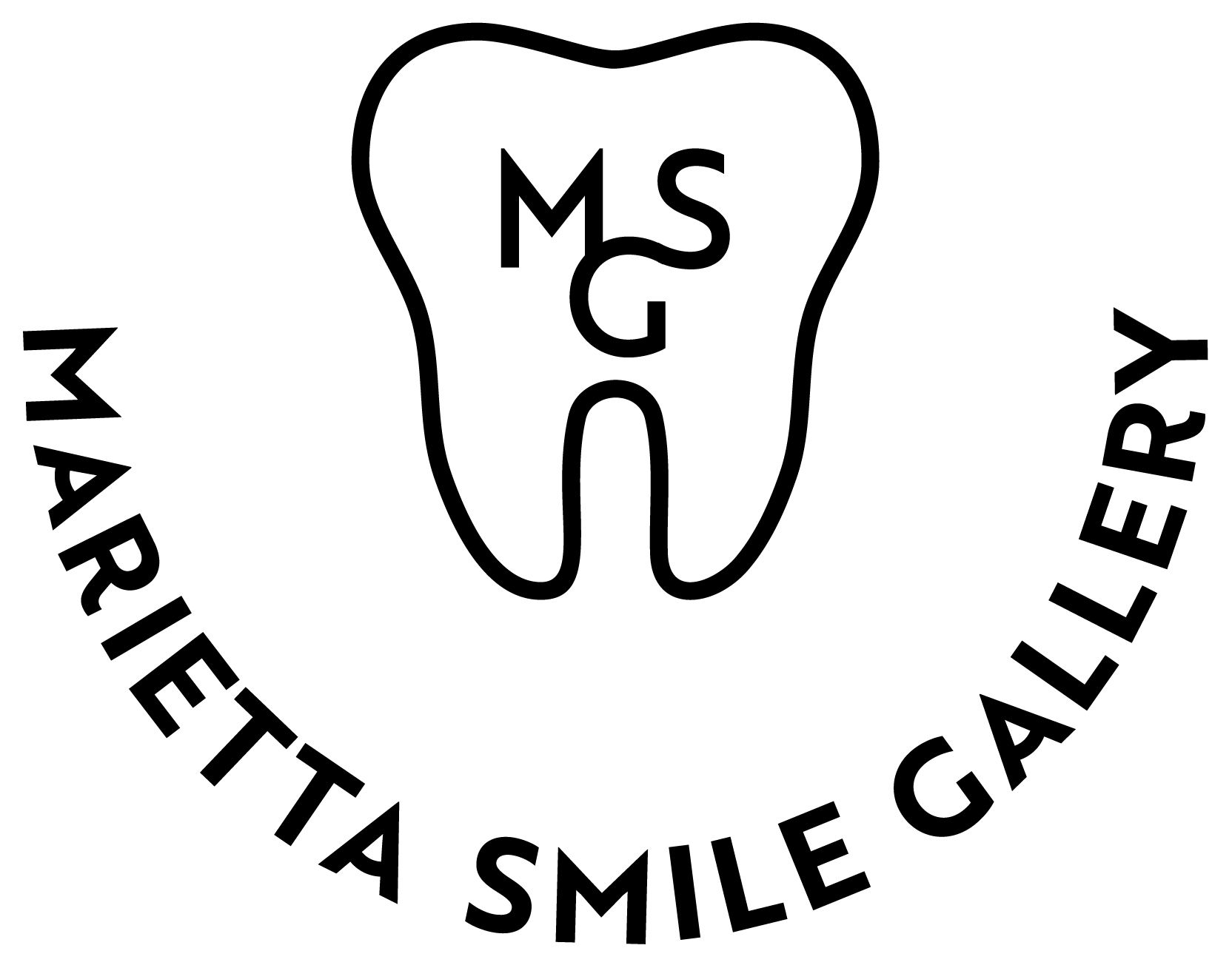
Are you embarrassed by your grin because of missing teeth? Are the gaps in your mouth causing trouble with eating or speaking? If so, dental bridges may benefit you.
Dental bridges are prosthetic teeth that bridge gaps caused by lost teeth. They are attached to your natural teeth or implants on either side of the gap. Dental bridges can improve your appearance, oral health, and quality of life. Consider having dental bridges for the following reasons.
Benefits of Dental Bridges
Compared to alternative tooth replacement solutions like dentures or implants, dental bridges have several benefits.
They blend with your existing teeth and provide a natural appearance
They are durable and long-lasting
They are comfortable and easy to use
They restore your chewing and speaking ability
They prevent your teeth from shifting or moving
Types of Dental Bridges
Traditional Bridges
These have one or more prosthetic teeth, known as pontics, supported by crowns on the nearby natural teeth, known as abutments. Traditional bridges are suitable for most cases of missing teeth.
Cantilever Bridges
These are similar to traditional bridges but only have one abutment tooth instead of two. You can use cantilever bridges with only one natural tooth next to the gap. These bridges are rare and less stable than traditional bridges.
Maryland Bridges
You can also call these resin-bonded bridges. They attach a pontic to a metal or porcelain framework that bonds to the back of the abutment teeth. Maryland bridges are less invasive than traditional ones but might be weaker or less durable.
Implant-supported Bridges
These are the most advanced type of bridges. They use dental implants as anchors for the pontics instead of natural teeth. Implant-supported bridges are ideal for replacing multiple missing teeth in a row or when the tooth abutment health is insufficient to support a bridge.
How to Get Dental Bridges
If you wish to have dental bridges, talk to your dentist first. They will examine your mouth and see if dental bridges suit you. You might need some work done before getting a bridge, like cleaning, filling, or pulling teeth. They will also create molds of your teeth and ship them to a lab where your bridge will be crafted.
You usually need two trips to the dentist to get a bridge. On the first trip, they will trim your abutment teeth and put temporary crowns on them. They will also put a temporary bridge in your mouth to cover the gap until your real bridge is ready. On the second trip, they will remove the temporary bridge and crowns and put your real bridge in place. They will ensure your bridge fits and looks good and fix anything if needed.
How to Care for Dental Bridges
Dental bridges require regular care and attention to keep them in good condition. You should follow these tips to care for your dental bridges:
Using a gentle brush and fluoride toothpaste, brush twice daily
Floss your teeth once a day with dental floss or a water flosser
After brushing and flossing, rinse your mouth clean with an antibacterial mouthwash to avoid plaque development and infection
Visit your dentist for exams and cleanings every six months
Avoid chewing on items that are sticky or firm since they can break or displace your bridge
Conclusion
Regain your smile and confidence with dental bridges. Talk to your dentist about getting dental bridges if you have missing teeth. They offer a cheap, effective, and safe solution for restoring missing teeth and enhancing oral health.
For more information on dental bridges, visit Marietta Smile Gallery at our Marietta, Georgia office. Call 770-809-1500 to schedule an appointment today.


